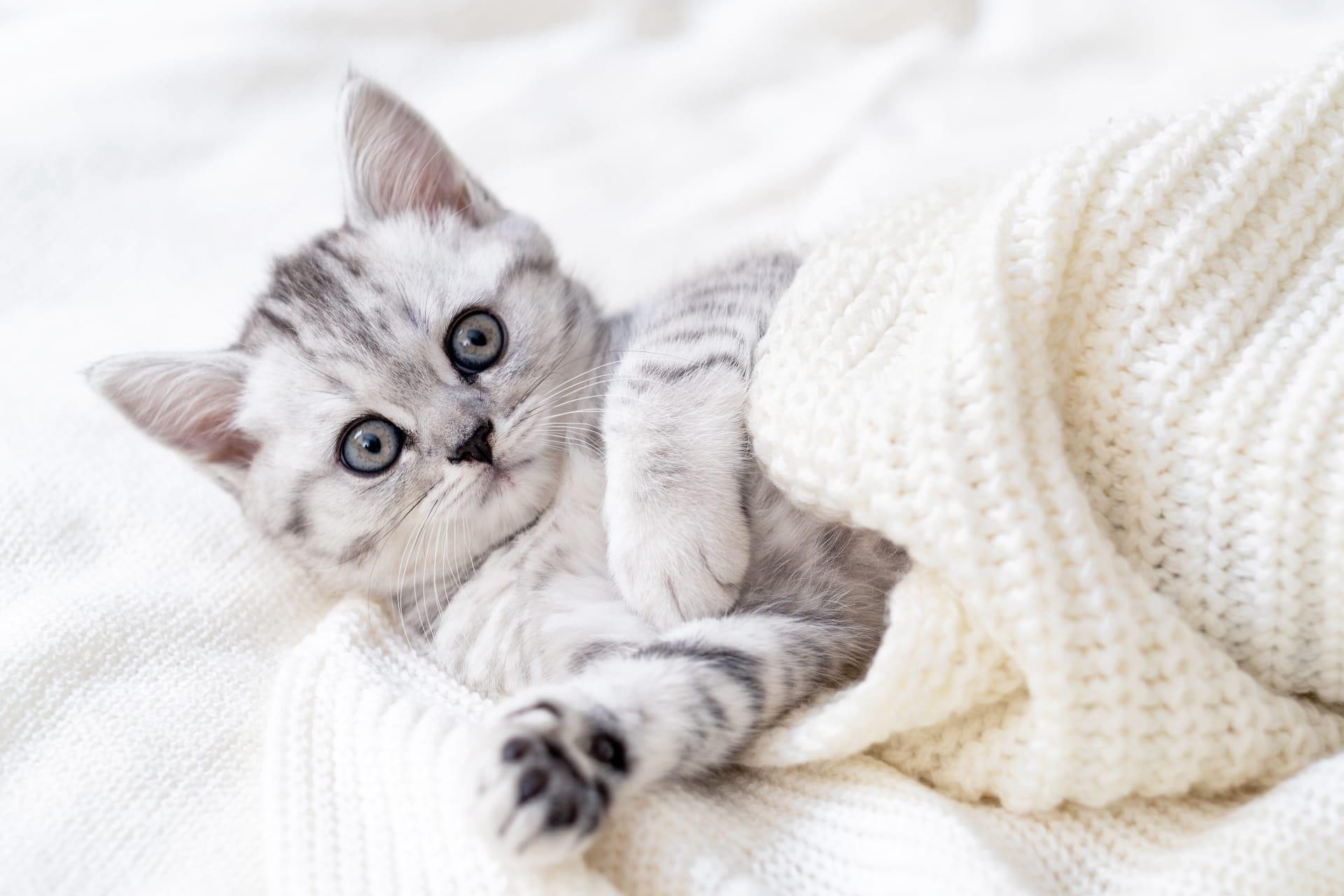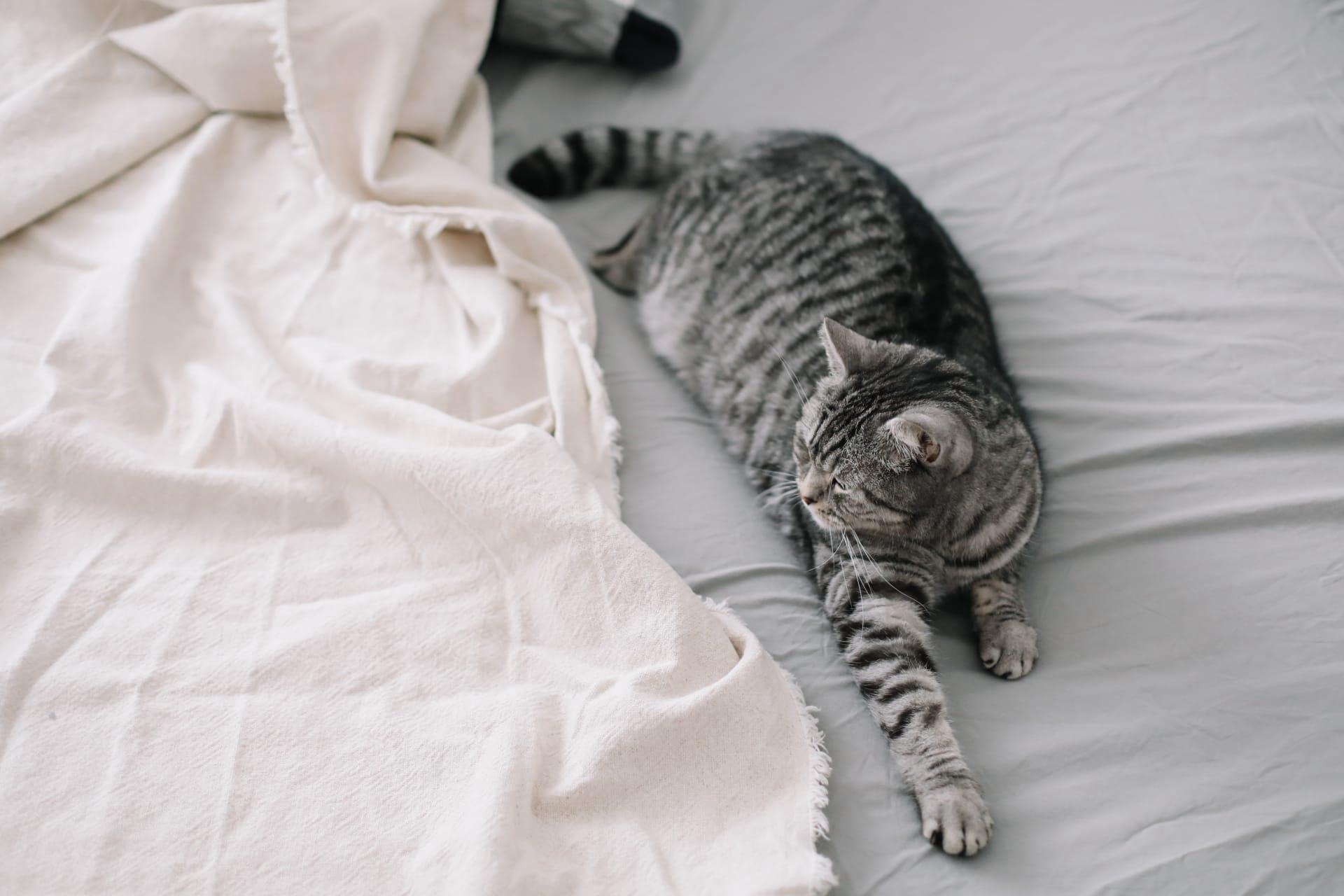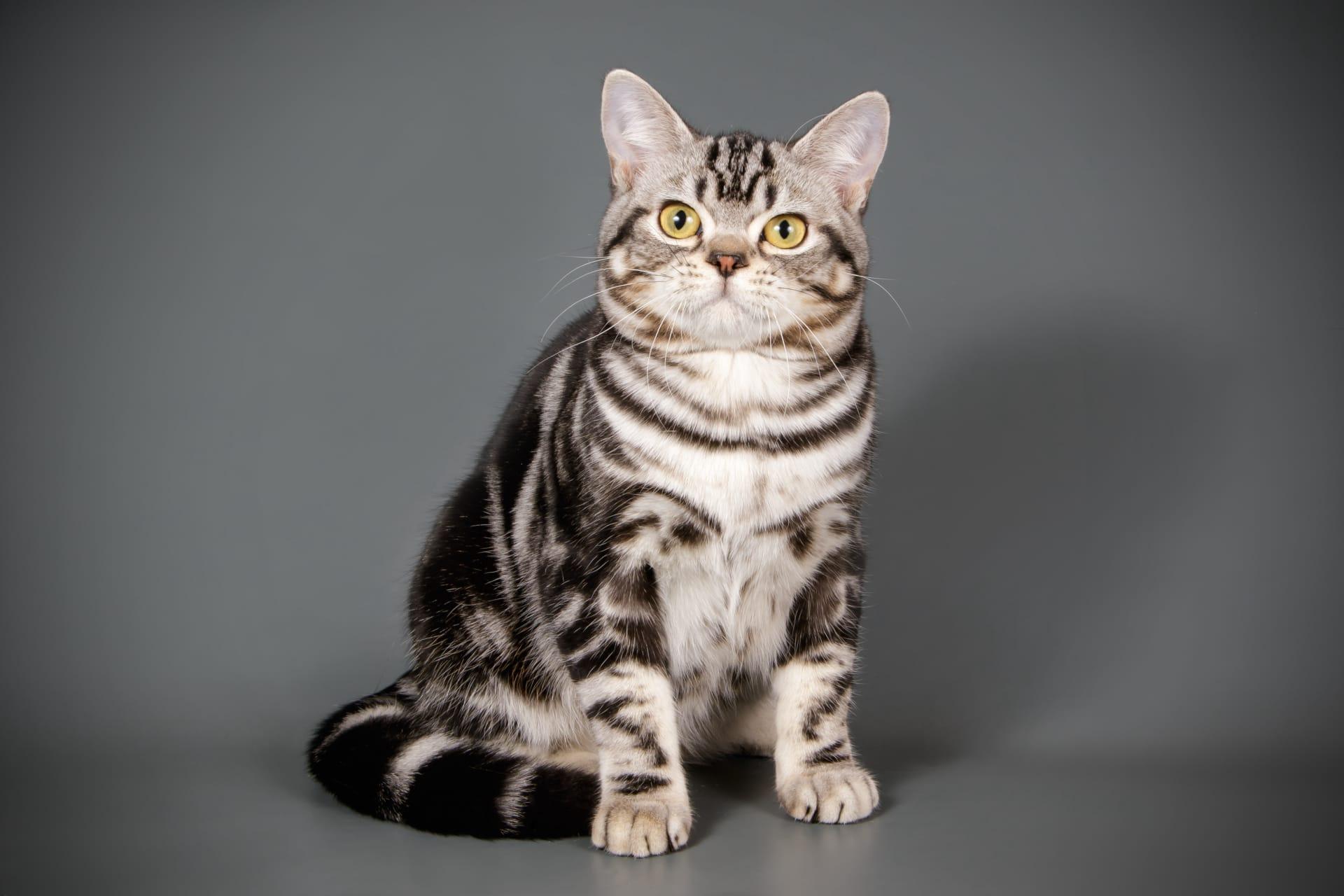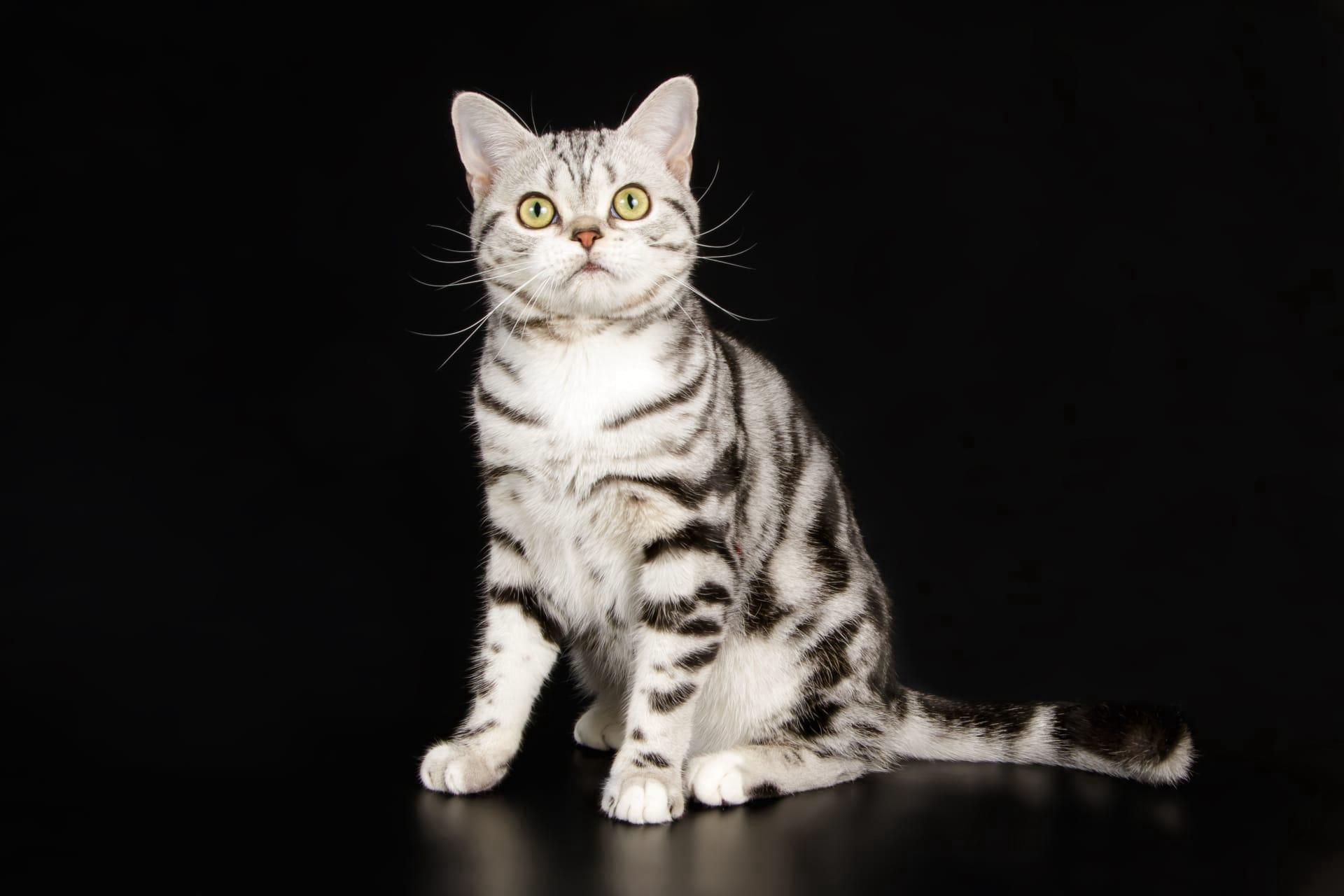American Shorthair Cat Trivia
- Home /
- Trivia Question /
- Animal /
- American Shorthair Cat Trivia
1
Question: How long have American Shorthair Cats been in America, and how did they get here?
Answer: American Shorthair Cats have been a part of American history for over 400 years. They arrived on ships with early European settlers, serving as expert mousers to protect the ships' supplies. These cats were highly valued for their hunting skills and soon became a common sight in American households and farms.
Question: What is the average lifespan of an American Shorthair Cat, and what factors contribute to their longevity?
Answer: The average lifespan of an American Shorthair Cat is between 15 to 20 years. Factors contributing to their longevity include their robust health, a well-balanced diet, regular veterinary care, and an active lifestyle. Their genetic diversity, stemming from their history as working cats, also plays a significant role in their overall health and long life.

2
Question: Is it true that American Shorthair Cats are low-maintenance and don't require grooming?
Answer: While American Shorthair Cats are often praised for their low maintenance, it's a misconception that they don't require grooming. They have a dense, short coat that benefits from regular brushing to remove loose hair and reduce shedding. Weekly brushing is recommended to keep their coat healthy and to minimize hairballs.
Question: Do American Shorthair Cats only come in gray and black colors?
Answer: No, this is a common misconception. American Shorthair Cats come in a wide variety of colors and patterns, including but not limited to gray and black. They can be found in over 80 different color combinations, including silver tabby, which is one of the most popular and recognized patterns.

3
Question: What sets the American Shorthair Cat apart from other shorthair breeds?
Answer: The American Shorthair Cat is distinguished by its muscular build, large head, and full cheeks, reflecting its hunting prowess and strength. Additionally, this breed is known for its gentle and easygoing temperament, making it an excellent family pet. Their adaptability and affectionate nature set them apart from other shorthair breeds.
Question: How active are American Shorthair Cats, and what type of play do they prefer?
Answer: American Shorthair Cats are moderately active. They enjoy play that simulates hunting behavior, such as chasing toys or interactive play with their owners. Despite their hunting instincts, they are also content with lounging and being part of family activities, making them well-suited to various living environments.

4
Question: Can American Shorthair Cats adapt to living with other pets?
Answer: Yes, American Shorthair Cats are known for their adaptable and sociable nature, making them capable of living harmoniously with other pets, including dogs and other cats. Proper introduction and socialization are key to fostering a peaceful coexistence.
Question: What health issues should potential owners be aware of in American Shorthair Cats?
Answer: American Shorthair Cats are generally healthy, but like all breeds, they can be prone to certain health issues. These may include heart disease, such as hypertrophic cardiomyopathy, and obesity if their diet and exercise are not properly managed. Regular veterinary check-ups and a balanced diet are crucial for their well-being.

5
Question: What is the origin of the American Shorthair's name, and has it always been called this?
Answer: The breed was originally known as the Domestic Shorthair. The name was changed to American Shorthair in the 1960s to distinguish it from other shorthaired breeds and to honor its American heritage and unique characteristics as a working cat.
Question: How does the American Shorthair Cat's hunting ability impact its behavior in a home setting?
Answer: The American Shorthair's hunting ability translates into playful and curious behavior in a home setting. They may exhibit a keen interest in interactive toys and games that mimic the hunting experience. This instinctive behavior not only keeps them physically active but also mentally stimulated, making them engaging and entertaining companions.